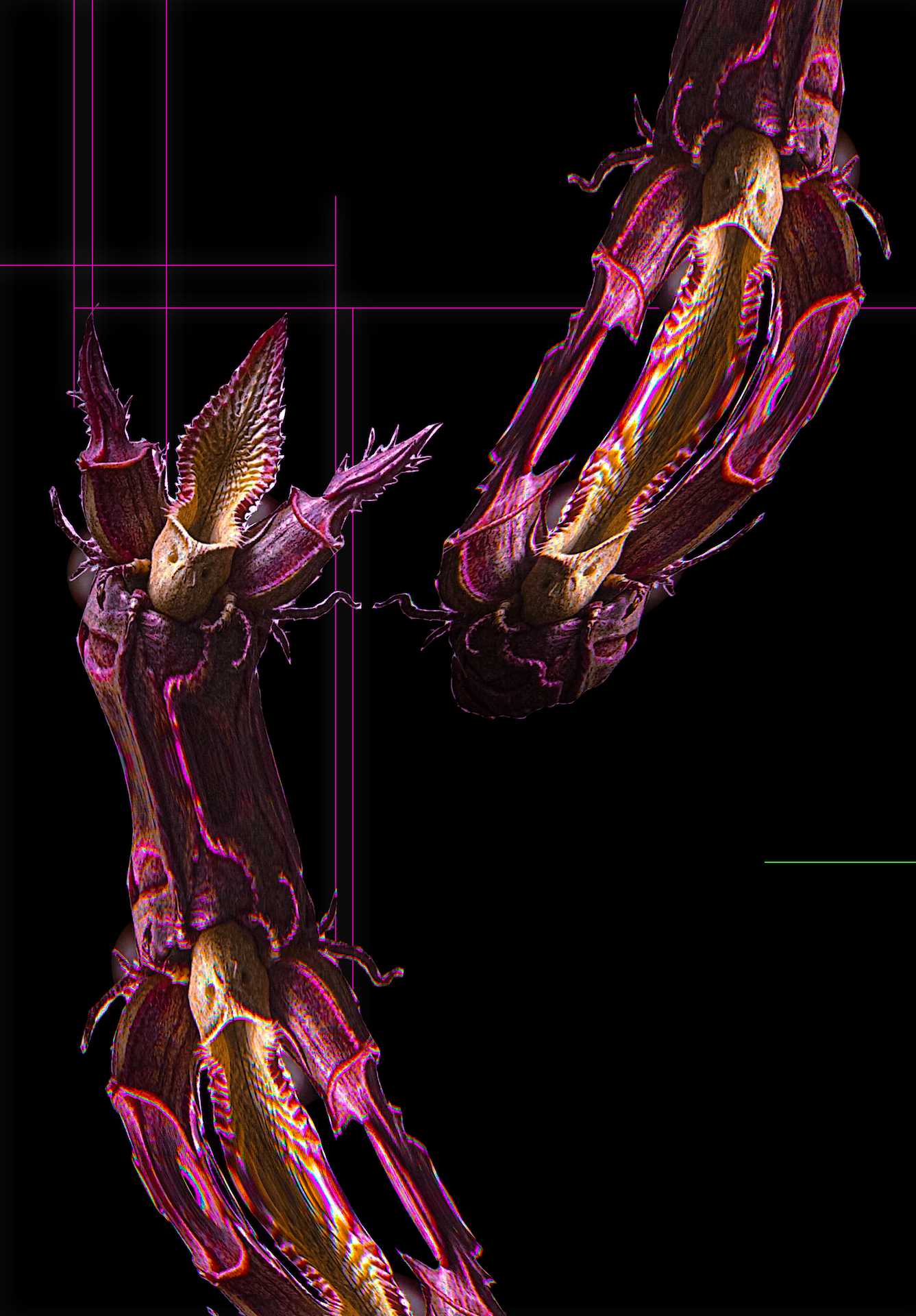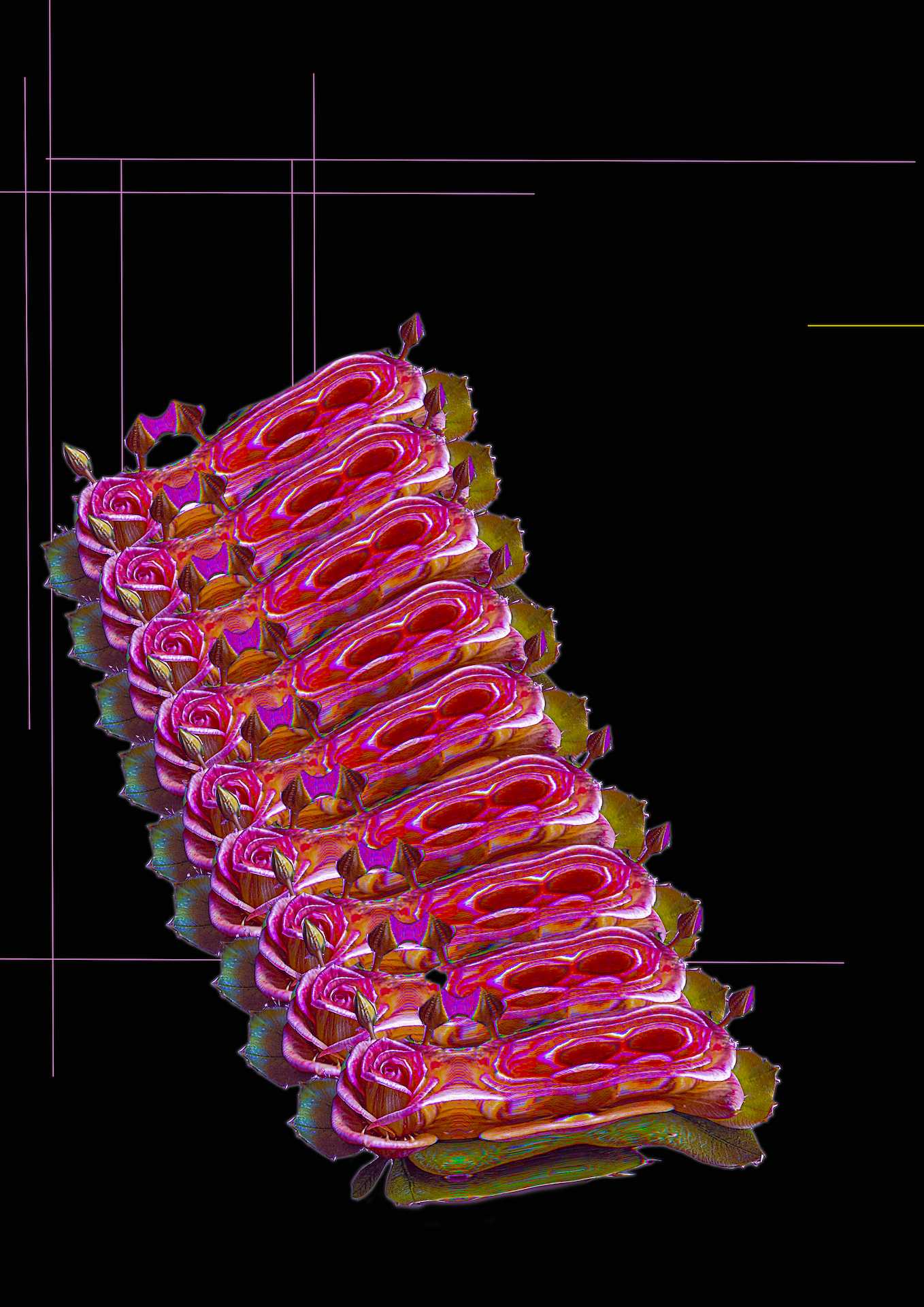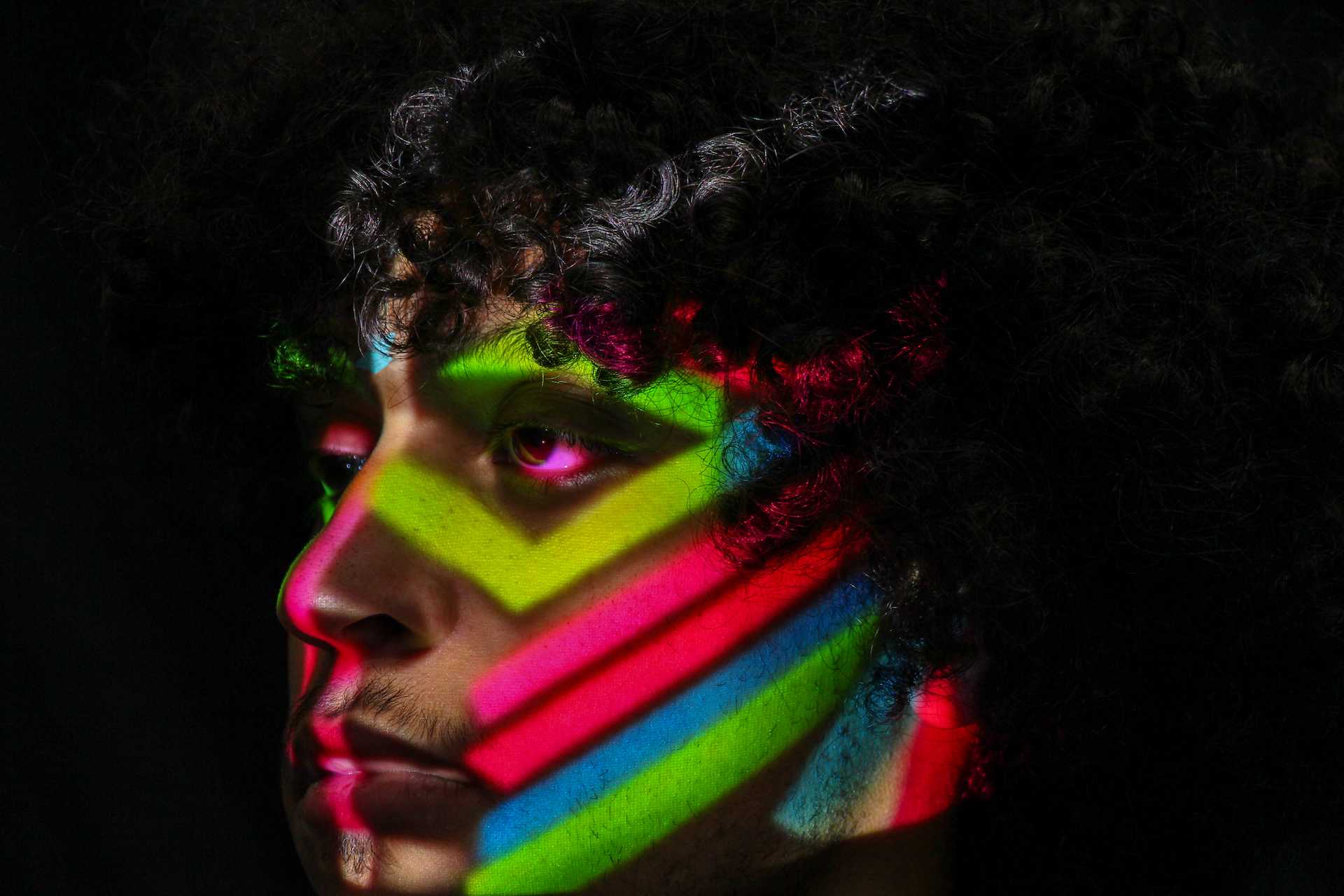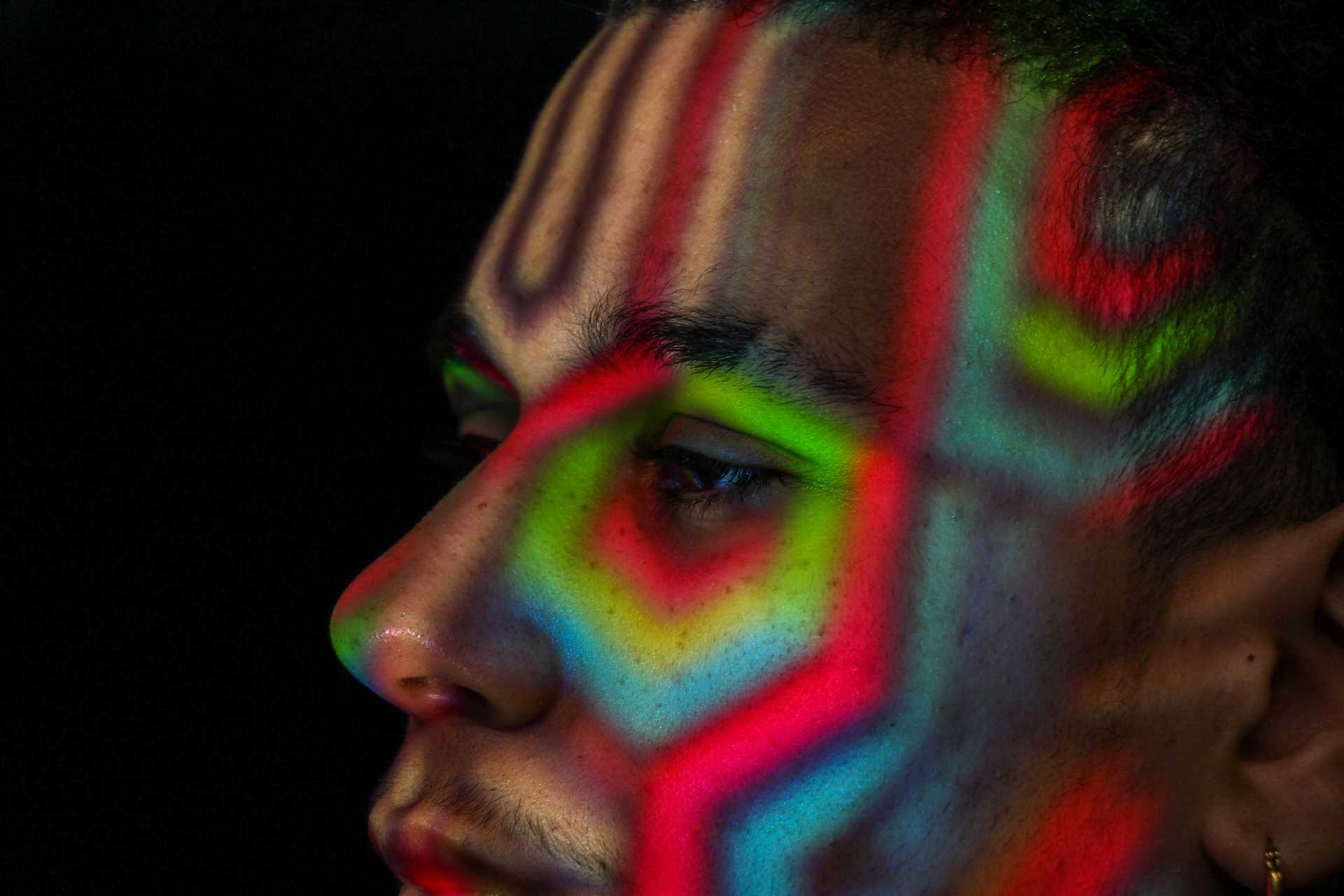Emilia Lazaro
Emilia Lazaro is a London based interdiscaplinary artist. Over the past year she has undergone her Foundation Diploma in Art and Design at Ravensbourne University London.
Lazaro is concept driven in her approach and while photography is central to her practice, she works across a range of mediums, including instillation, moving image and other digital processes. She is drawn to using whatever methods best communicate her idea, exploring different ways of constructing and presenting visuals. Lazaro likes to draw attention to how and why her work was made and approaches each project as an open ended investigation. She has a willingness to challenge conventional approaches to image making and is eager to continually evolve her skills, ideas, and visual language.
Links
- liamE



